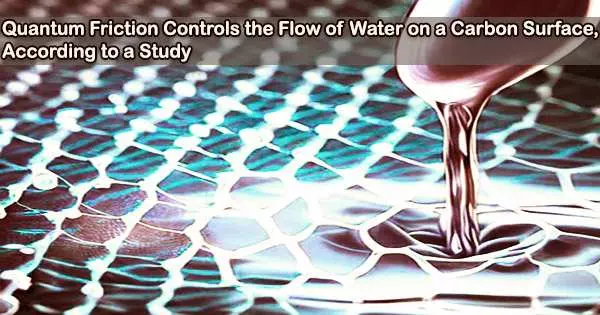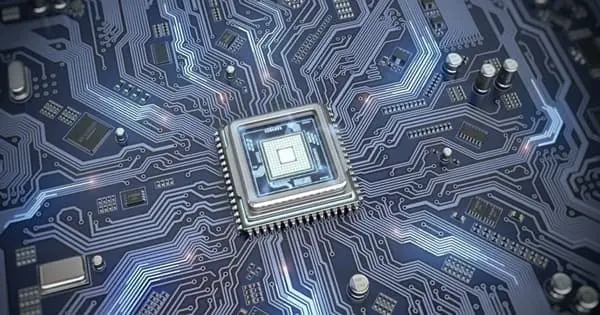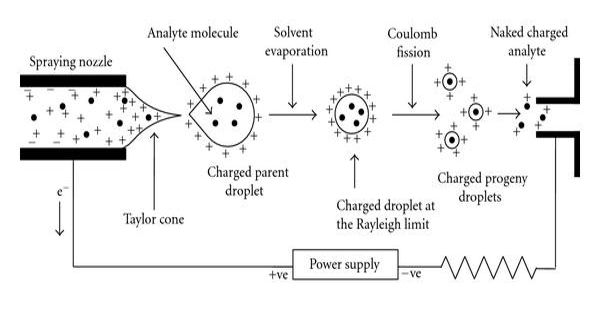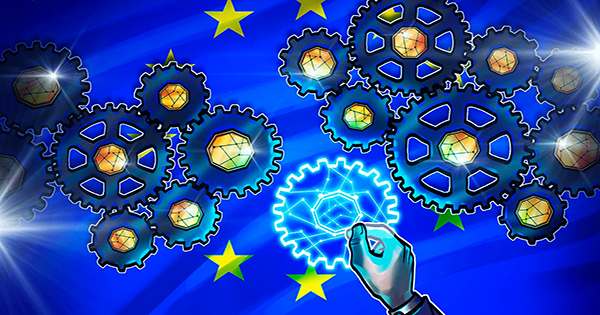Water and carbon are a quantum pair because a peculiar phenomena known as quantum friction controls how water moves across a carbon surface. This effect, which was anticipated in an earlier theoretical study at the interface between liquid water and graphene, a single layer of carbon atoms, is empirically demonstrated in a new paper published in Nature Nanotechnology.
Advanced ultrafast techniques were used to perform this study. These findings might be used in the desalination and water purification of processes, and perhaps even in liquid-based computers.
Scientists have been perplexed by how water behaves near carbon surfaces over the past 20 years. It might move far more quickly than what is predicted by traditional flow theories, or it might create odd configurations like square ice.
Now, an international team of researchers from the Max Plank Institute for Polymer Research of Mainz (Germany), the Catalan Institute of Nanoscience and Nanotechnology (ICN2, Spain), and the University of Manchester (England), reports in the study published in Nature Nanotechnology on June 22, 2023, that water can interact directly with the carbon’s electrons a quantum phenomenon that is very unusual in fluid dynamics.
Small molecules in a liquid, like water, move randomly and continually collide with one another. In contrast, the atoms that make up a solid are perfectly ordered and are covered in an electron cloud. It is considered that the sole interaction between the solid and liquid worlds occurs when the liquid molecules crash into the atoms of the solid. The molecules of a liquid do not “see” the electrons of a solid.
Our findings are not only interesting for physicists, but they also hold potential implications for electrocatalysis and photocatalysis at the solid-liquid interface.
Xiaoqing Yu
However, a paradigm-shifting theoretical study published a little more than a year ago suggested that at the water-carbon interface, the molecules of the liquid and the electrons of the solid push and pull on each other, slowing the flow of the liquid. This novel effect was named “quantum friction.” However, the theoretical proposal lacked experimental verification.
“We have now used lasers to see quantum friction at work,” explains study lead author Dr. Nikita Kavokine, a researcher at the Max Planck Institute in Mainz and the Flatiron Institute in New York.
The group investigated a grapheme sample, which is composed of a single monolayer of carbon atoms organized in a honeycomb pattern. They used ultrashort red laser pulses (with a duration of only a millionth of a billionth of a second) to instantaneously heat up the graphene’s electron cloud.
Then, using terahertz laser pulses, which are sensitive to the temperature of the graphene electrons, they observed its cooling. This technique is called optical pump terahertz probe (OPTP) spectroscopy.
To their amazement, soaking the graphene in water caused the electron cloud to cool more quickly than it did when it was submerged in ethanol.
“This was yet another indication that the water-carbon couple is somehow special, but we still had to understand what exactly was going on,” Kavokine says.
One interpretation was that the water molecules were being pulled and pushed by the heated electrons, releasing some of their heat and causing them to cool through quantum friction. The theory was investigated further, and it was discovered that water-graphene quantum friction might account for the observed experimental results.
“It’s fascinating to see that the carrier dynamics of graphene keep surprising us with unexpected mechanisms, this time involving solid-liquid interactions with molecules none other than the omnipresent water,” comments Prof Klaas-Jan Tielrooij from ICN2 (Spain) and TU Eindhoven (The Netherlands).
What makes water special here is that its vibrations, called hydrons, are in sync with the vibrations of the graphene electrons, called plasmons, so that the graphene-water heat transfer is enhanced through an effect known as resonance.
The experiments thus confirm the basic mechanism of solid-liquid quantum friction. Quantum friction may be utilized to adjust the permeability characteristics of the nanoporous membranes in the context of filtering and desalination procedures.
“Our findings are not only interesting for physicists, but they also hold potential implications for electrocatalysis and photocatalysis at the solid-liquid interface,” says Xiaoqing Yu, Ph.D. student at the Max Planck Institute in Mainz and first author of the work.
The discovery was made possible by combining an experimental setup, a measurement device, and a theoretical framework three things that don’t typically go together. Gaining control of the interaction between water and electrons is currently the main issue.
“Our dream is to switch quantum friction on and off on demand,” Kavokine says. “This way, we could design smarter water filtration processes, or perhaps even fluid-based computers.”
















